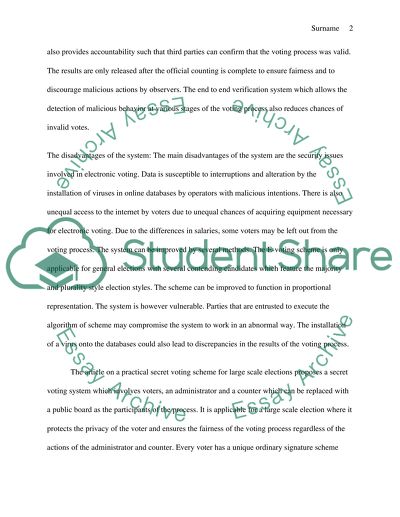Cite this document
(“Survey on Security in Electronic Voting Systems Essay”, n.d.)
Retrieved from https://studentshare.org/information-technology/1490217-survey-on-security-in-electronic-voting-systems
Retrieved from https://studentshare.org/information-technology/1490217-survey-on-security-in-electronic-voting-systems
(Survey on Security in Electronic Voting Systems Essay)
https://studentshare.org/information-technology/1490217-survey-on-security-in-electronic-voting-systems.
https://studentshare.org/information-technology/1490217-survey-on-security-in-electronic-voting-systems.
“Survey on Security in Electronic Voting Systems Essay”, n.d. https://studentshare.org/information-technology/1490217-survey-on-security-in-electronic-voting-systems.


